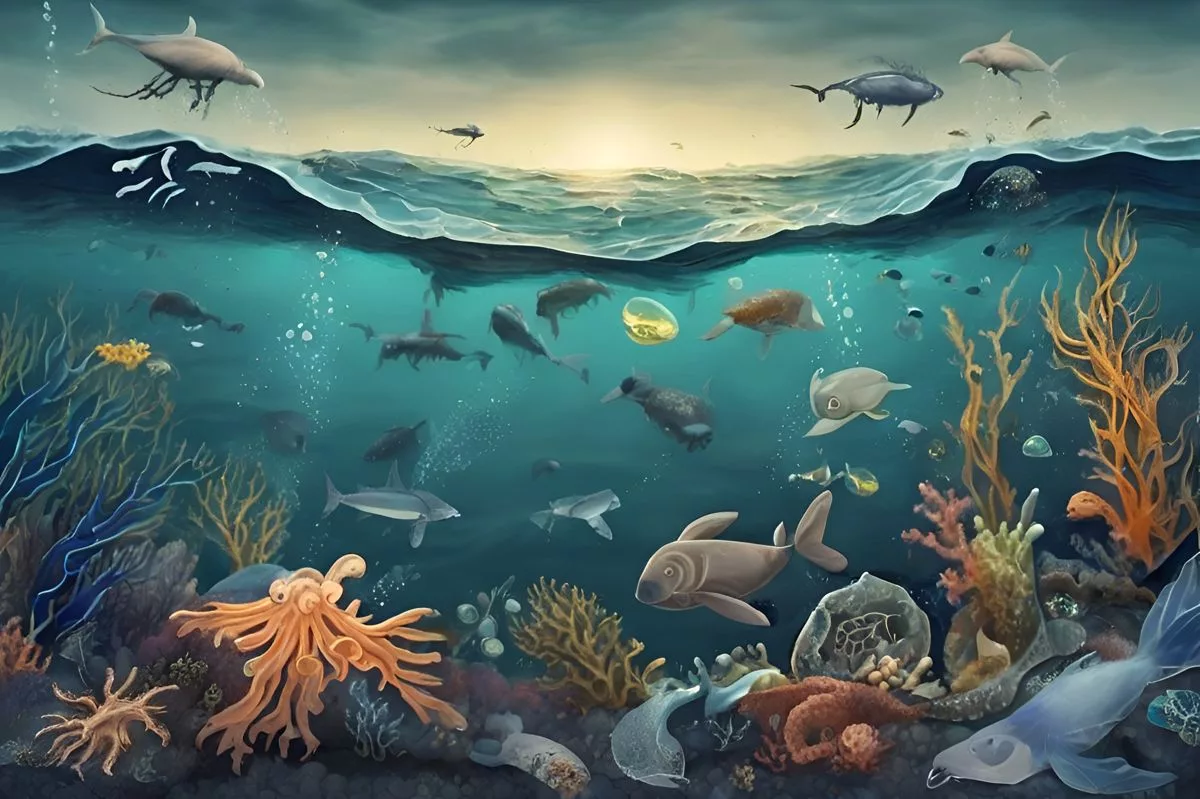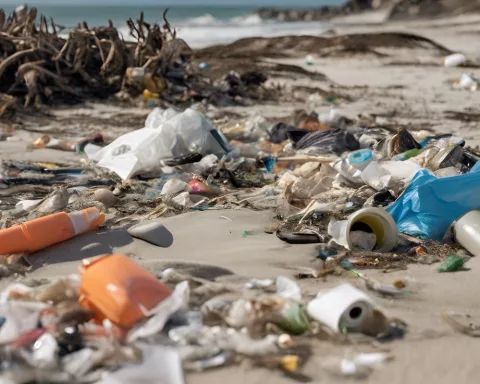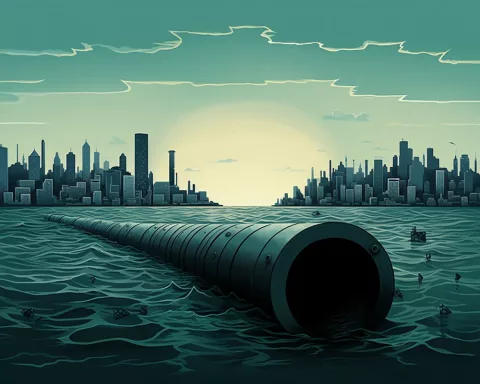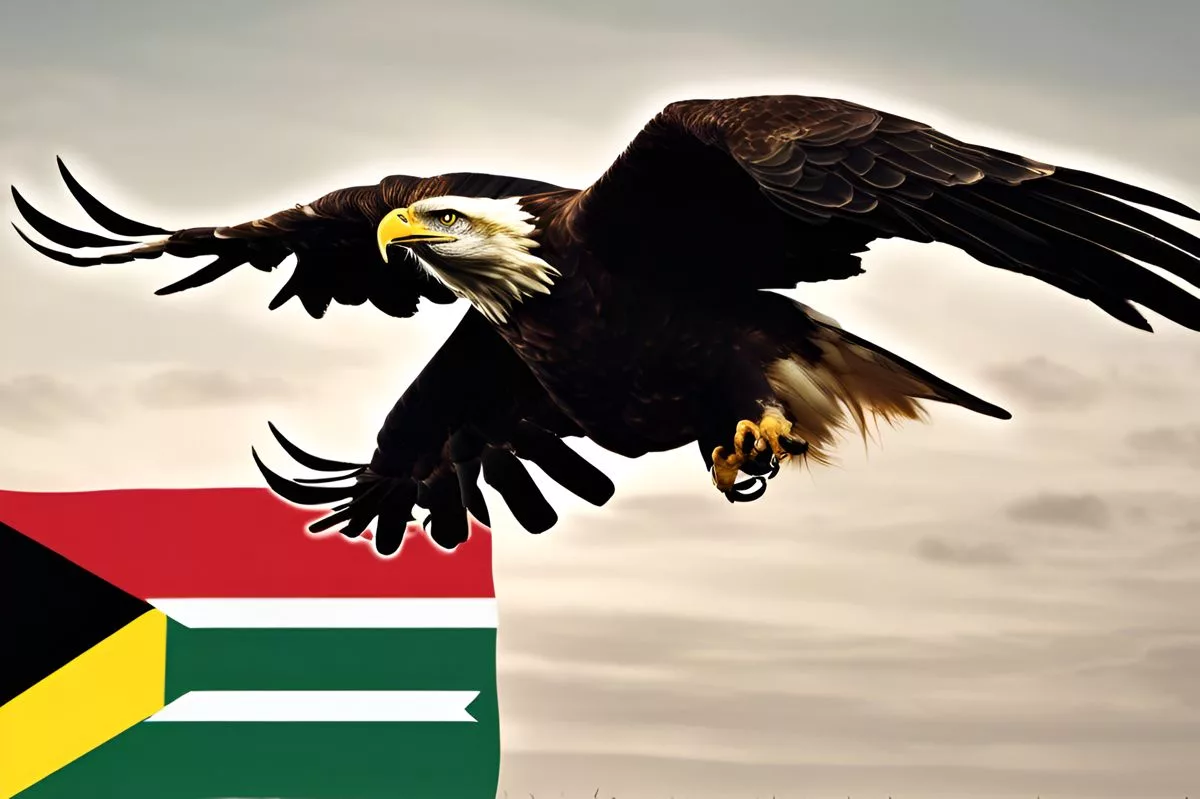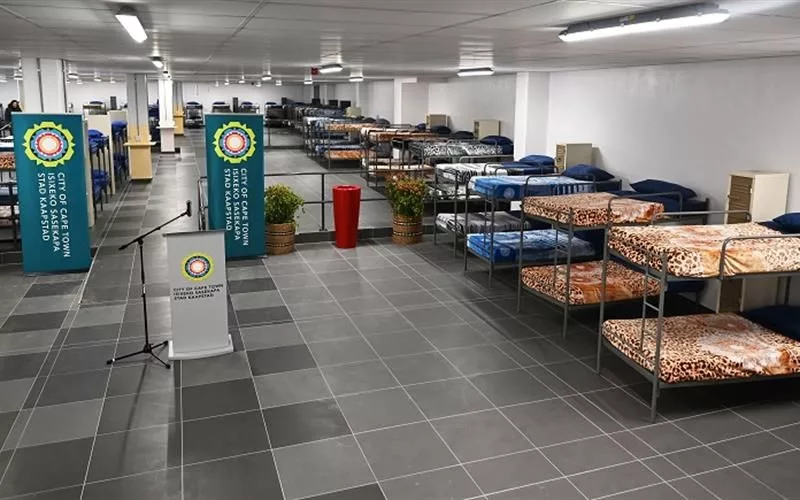A cargo ship stranded off the coast of South Africa in July resulted in an oil spill, posing an ecological emergency. Despite rescuing the crew, the ship still threatens marine life. An immediate emergency salvage mission was triggered, with a new company tasked with assessing the ship’s structural integrity. However, the ship later split into four parts, intensifying the oil spill, and local authorities are working to contain the spill with the help of the community. This highlights the need for safe and sustainable maritime operations and effective crisis management.
A cargo ship off South Africa’s coast marooned in July led to an oil spill, escalating the incident into an ecological emergency. Despite the rescue of the crew, the ship still poses a threat to the surrounding marine life. The South African Maritime Safety Authority triggered the ‘immediate emergency phase’ of the salvage mission, and a new salvage company, Smit International, was given the responsibility to undertake the next phase. The ship has since split into four sections, intensifying the oil spill, and local authorities are making relentless efforts to contain the spill.
A Shipping Accident Turns into an Ecological Crisis
In the heart of July, a cargo ship flying the Panama flag found itself marooned near Brand se Baai, an isolated and tranquil spot along the western coast of South Africa. The freighter, brimming with containers, had stopped its course on the night of July 9, resulting in consequences that continue to echo.
What began as a maritime disaster quickly escalated into an environmental dilemma. The ship, once a massive symbol of mankind’s engineering prowess, has since fragmented into four separate parts. The separation led to an oil spill, posing a threat to the surrounding marine life and escalating the incident from a simple shipping mishap to a significant ecological emergency.
Post the incident, a statement was released by the South African Maritime Safety Authority (SAMSA), the primary body accountable for ensuring safe and ecologically responsible maritime operations. Their declaration verified that adverse weather had interfered with the salvage operations, adding further complexities to an already challenging situation.
Successful Rescue Amidst Turmoil and Transition to Salvage Operation
In the midst of this turmoil, the rescue of the 18 crew members aboard the ship was effectively carried out. These individuals are now safe in the Philippines, their ordeal apparently ended. Yet, the remains of their maritime expedition continue to be stuck near Duiwegat’s coast, a stark and steady reminder of the incident.
In a bid to lessen the ecological impact of the shipwreck, SAMSA triggered the ‘immediate emergency phase’ of the salvage mission. The procedure entailed collecting flotsam and other debris from the ship. A crucial aspect of this phase was securing the ship’s fuel tanks to prevent additional oil leakage into the sea. This laborious task symbolised the completion of the initial stage of the salvage mission.
Following these opening efforts, a new salvage company, Smit International, was bestowed with the responsibility of undertaking the next phase of the operation. The firm’s directive included a thorough dive inspection to reassess the structural integrity of the deviant vessel and its fuel tanks.
Technological Assistance and Further Challenges
In support of this task, the installation of a state-of-the-art monitoring system is planned. This system, a wonder of maritime technology, could track the ship’s movement, monitor stresses, and measure bending moments – all essential elements in determining the optimal strategy for repositioning the ship and eventually dislodging it from the beach.
Despite these precise efforts, the scenario worsened. Reports from SABC News stated that the ship had split into four sections, intensifying the existing oil spill. In response, SAMSA and other local authorities are making relentless efforts to contain the spill and minimise the harm to the local ecosystem.
Community Involvement and Ongoing Efforts
Tebogo Ramatjie, a spokesperson for SAMSA, provided insights into the broadening scope of the operation. Additional personnel have been deployed to aid the cleaning operation, including 125 individuals from the local community. This collective endeavour signifies the determination of the community and the nation to address this crisis, despite the intricacies and challenges that the operation involves.
The saga of this stranded cargo ship serves as a poignant reminder of the fragile equilibrium between human activities and nature. It underlines the significance of safe and sustainable maritime operations, the requirement for effective crisis management, and the influence of community involvement in mitigating the impacts of such incidents. However, this story is far from completion. The destiny of the Panama-flagged vessel carries substantial implications, not only for South Africa’s west coast but also for maritime safety and ecological conservation on a global scale.
1. What caused the cargo ship to become stranded off the coast of South Africa?
The cargo ship became stranded off the coast of South Africa due to an unknown reason on the night of July 9.
2. What ecological emergency resulted from the cargo ship incident?
The cargo ship incident resulted in an oil spill, posing an ecological emergency and threatening the surrounding marine life.
3. What is SAMSA and what is their role in the salvage mission?
SAMSA is the South African Maritime Safety Authority, responsible for ensuring safe and ecologically responsible maritime operations. They triggered the ‘immediate emergency phase’ of the salvage mission and oversee the operation.
4. What is Smit International’s role in the salvage mission?
Smit International is a salvage company responsible for undertaking the next phase of the operation, which includes a thorough dive inspection to reassess the structural integrity of the ship and its fuel tanks.
5. What technological assistance is being used in the salvage mission?
A state-of-the-art monitoring system is being installed to track the ship’s movement, monitor stresses, and measure bending moments to determine the optimal strategy for repositioning and dislodging the ship from the beach.
6. What efforts are being made to contain the oil spill and clean up the area?
Local authorities, including SAMSA and additional personnel, are making relentless efforts to contain the oil spill and minimise the harm to the local ecosystem. The local community has also joined in the cleaning operation, with 125 individuals deployed to aid in the effort.

